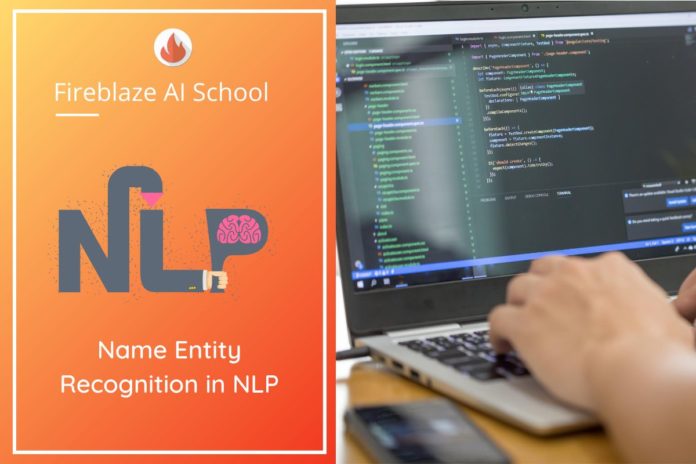Table of Contents
Introduction To Name Entity Recognition in NLP
The goal of Name Entity Recognition in NLP, or NER, is to detect and label these nouns with the real-world concepts that they represent. But NER systems aren’t just doing a simple dictionary lookup. Instead, they are using the context of how a word appears in the sentence and a statistical model to guess which type of noun a word represents. Named entities are definite noun phrases that refer to specific types of individuals, such as organizations, persons, date and time, product names, amount of money, and so on.
NER has tons of uses since it makes it so easy to grab structured data out of text. It’s one of the easiest ways to quickly get value out of an NLP pipeline.
Widget not in any sidebars
| NE Type | Examples |
| ORGANIZATION | Georgia-Pacific Corp., WHO |
| PERSON | Mahatma Gandhi |
| LOCATION | Sewagram, Wardha |
| TIME | 5.00 AM IST |
| DATE | October 2, 2020 |
| MONEY | 1 million |
| PERCENT | 78% |
| FACILITY | Washington Monument, Stonehenge |
| GPE | southeast Asia, Midlothian |
Tutorial
NLTK provides a classifier that has already been trained to recognize named entities, accessed with the function nltk.ne_chunk(). If we set the parameter binary=True, then named entities are just tagged as NE; otherwise, the classifier adds category labels such as PERSON, ORGANIZATION, and GPE.
sent = nltk.corpus.treebank.tagged_sents()[22]
print(nltk.ne_chunk(sent, binary=True))
output:
(S
The/DT
(NE U.S./NNP)
is/VBZ
one/CD
...
according/VBG
to/TO
(NE Brooke/NNP T./NNP Mossman/NNP)
...)
Widget not in any sidebars
Conclusion
In this article, we are learning about the importance of words based on entity recognition. Most of the time same word having as same meaning so they reduce with the help of name entity recognition.










